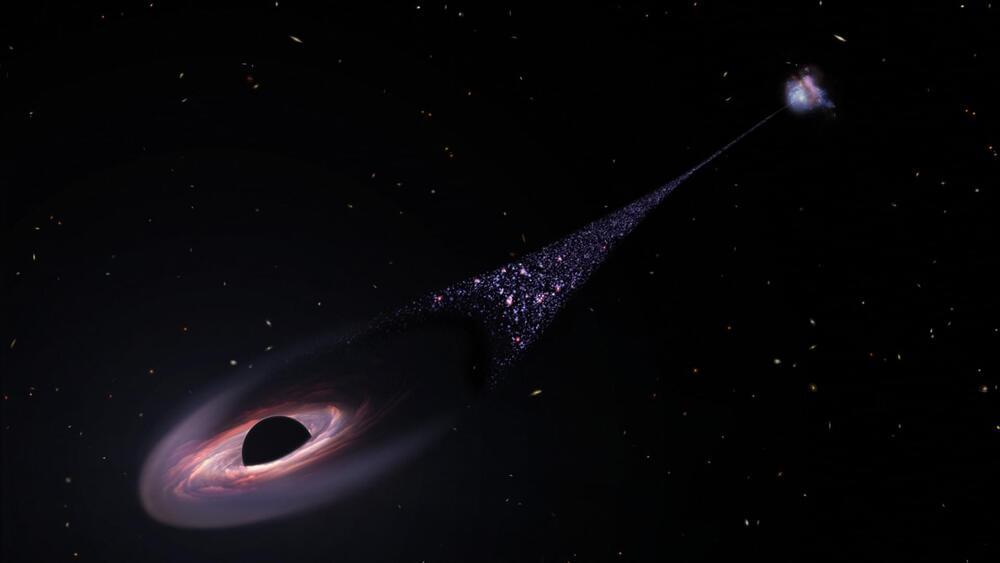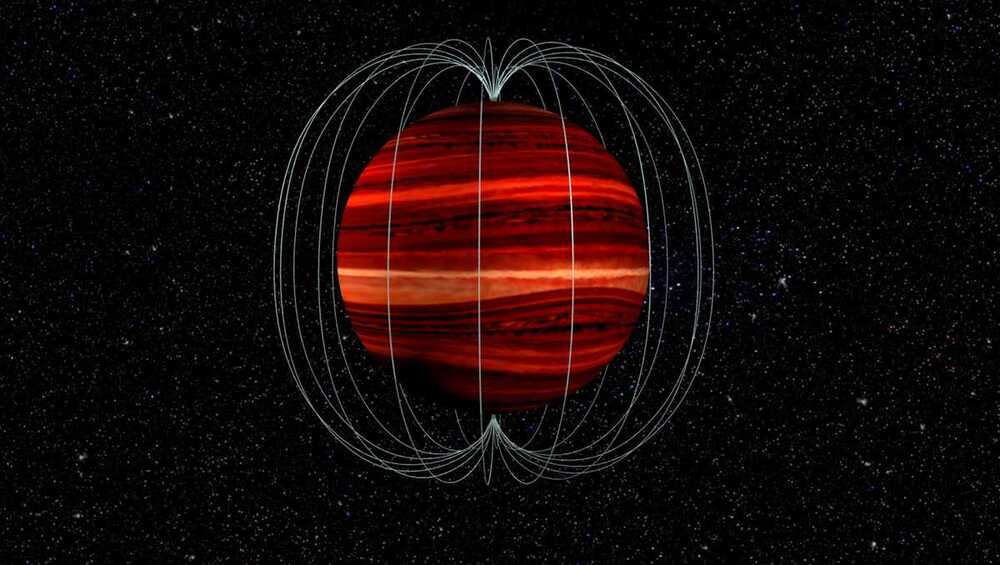While much-debated AI tools will not automate or elevate every digital assault, phishing scheme or hunt for software exploits, NSA’s Rob Joyce said April 11, what it will do is “optimize” workflows and deception in an already fast-paced environment.
“Is it going to replace hackers and be this super-AI hacking? Certainly not in the near term,” Joyce said at an event hosted by the Center for Strategic and International Studies think tank. “But it will make the hackers that use AI much more effective, and they will operate better than those who don’t.”
U.S. officials consider mastery of AI critical to long-term international competitiveness — whether that’s in defense, finance or another sector. At least 685 AI projects, including several tied to major weapons systems, were underway at the Pentagon as of early 2021.






